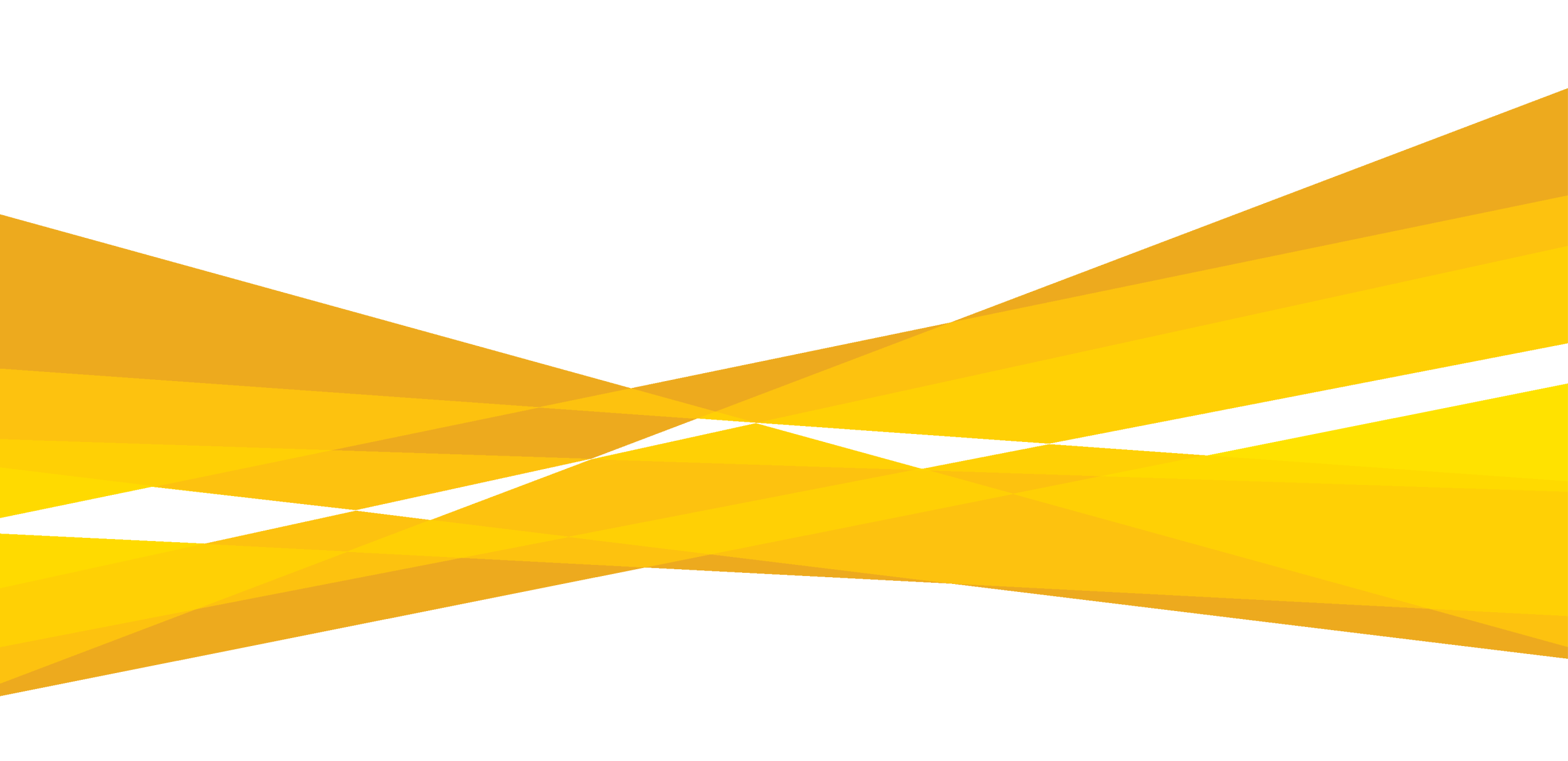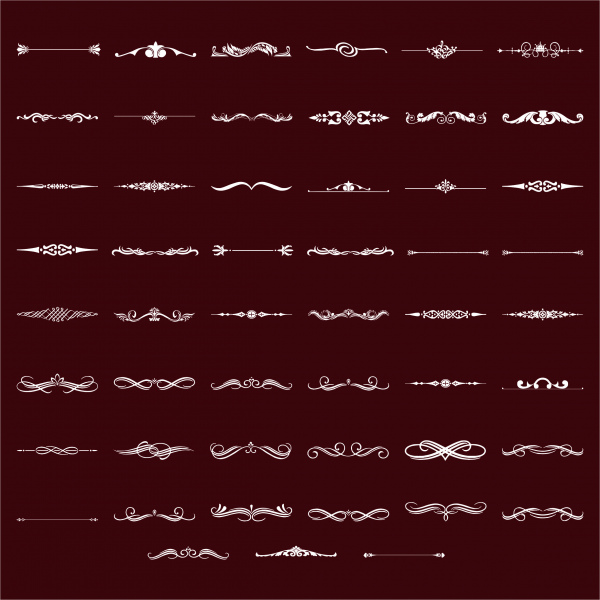Table Of Content

You can have the word “up to” smaller just above the most important element of your poster, to keep the visual hierarchy. This is the second function of emphasis – reducing the impact of the information, you don’t want to catch the eye of your audience first. Your ship should be balanced to move forward with ease, and the same goes for the visual elements of your design. To make your composition stable and engaging for your audience, you should create balance for your elements.
Principles of Design (and How To Use Them)
If there is a strong contrast between the elements, then the form will be extremely noticeable. The example below features multiple colors with multiple values, which helps add a sense of depth to the design. In design, use different tonal values to create emphasis in your composition. Create the illusion of movement by overlapping multiple elements with different values.
Design checklists: What type of designer are you?
2027 Honda Element Comes From Afterlife to Virtually Fight Land Hopper and Bronco Sport - autoevolution
2027 Honda Element Comes From Afterlife to Virtually Fight Land Hopper and Bronco Sport.
Posted: Wed, 04 Oct 2023 07:00:00 GMT [source]
The absence of unity can make a design feel disjointed or chaotic. To comprehend unity and other fundamental aspects of design, consider exploring the building blocks of visual design on interaction-design.org. For logo designs, create dynamic visuals with layered patterns or use shapes as stand-alone visual elements. For call-to-action buttons on your website, experiment with various shapes combined with different colors that stand out. Space, also known as negative space, is the area surrounding and between the elements in a design. Just as important as the objects themselves, negative space influences the overall composition's balance and readability.
Which design principle is used mostly?
Both natural and artificial textures can draw people in, so decide what fits best with your brand message. Natural textures bring vivid beauty to your design while the mix of surrealistic patterns and 3D effects of artificial textures generates new and unique styles. When you look at space within your design, you’re viewing all the areas within, around, above, or below the objects you placed on your canvas.
In most cases, this means the most important information the design is meant to convey. However, you don’t have to show variety, just because you need to have it in your design. It should come naturally and make up an aesthetically-pleasing composition. These days, using patterns and repetition of the same elements is trendy both for print and fashion. Let’s take a closer look at the elements of design and see which role each one plays.
With the right principles, tools, and tips for graphic design, you can create compositions that are unique, catchy, and, of course, right. Last, but definitely not least principle, visual unity refers to the harmony between all parts of your design. We’ve all seen a design that has a lot of elements, but none of which is compatible with the other. For example, if you’re designing any kind of logo, you can create contrast with a pink background, blue or green elements, and white text.
Establish Structure with White Space
Sometimes the expression ‘texture’ is used when talking about the multiple layers of elements in a design. Elements of design are necessary to form the foundation of any successful web design. As a web designer, you should be aware of both the principles and elements of design. Principles of design in combination with the elements help you in deciding how to create a unique identity for your design. Learning how to properly execute both is necessary for designers to get maximum value from their visual designs. One of the most important elements of visual design is color as it is useful for both the design team and the user.
Visual Aesthetics
By using them in your composition you’ll create art pieces that are both creative and effective. However, you don’t have to force all of these principles onto your design. Now that you know the basic principles of design, it’s time to put them into practice.
Capolago 12: structural elements play a leading role - DesignWanted
Capolago 12: structural elements play a leading role.
Posted: Fri, 08 Dec 2023 08:00:00 GMT [source]

You could increase the text size and use colors that stand out from the background, emphasizing the CTA and making sure visitors can’t miss it. You can’t just flip a switch and create beautiful designs on a whim. Like learning to walk before you run, there are certain fundamentals you’ve got to learn first. Design visual brand experiences for your business whether you are a seasoned designer or a total novice.
Send them this quick test & see where their skills stand among 300K+ designers worldwide. Learn to master typography and create designs that are both readable and aesthetic. UX Design is a multifaceted discipline that requires designers to have various skills and knowledge to implement design work efficiently.
Think of the elements of design as the ingredients you need for a recipe. These basic components are essential in art and design and how you can visually construct pieces. Each element of design is a crucial part of a visual message, and the combination of these has an impact on how the design is perceived.
These are the basic elements that designers have to learn properly so that they can polish their skills with good initial steps. The basic elements of design are important because they are the minor details that aid in the quality of graphic, web, and user interface design. These details cannot be overlooked as without them your content will be hard for users to perceive and you will not be able to evaluate your platform’s performance. With the elements of visual design and design principles in mind, we will analyse a few websites to see how they come together, and why the designs work. Color is not traditionally classified as a principle of design in art. However, color is essential in creating visual interest and evoking emotions in design.


No comments:
Post a Comment